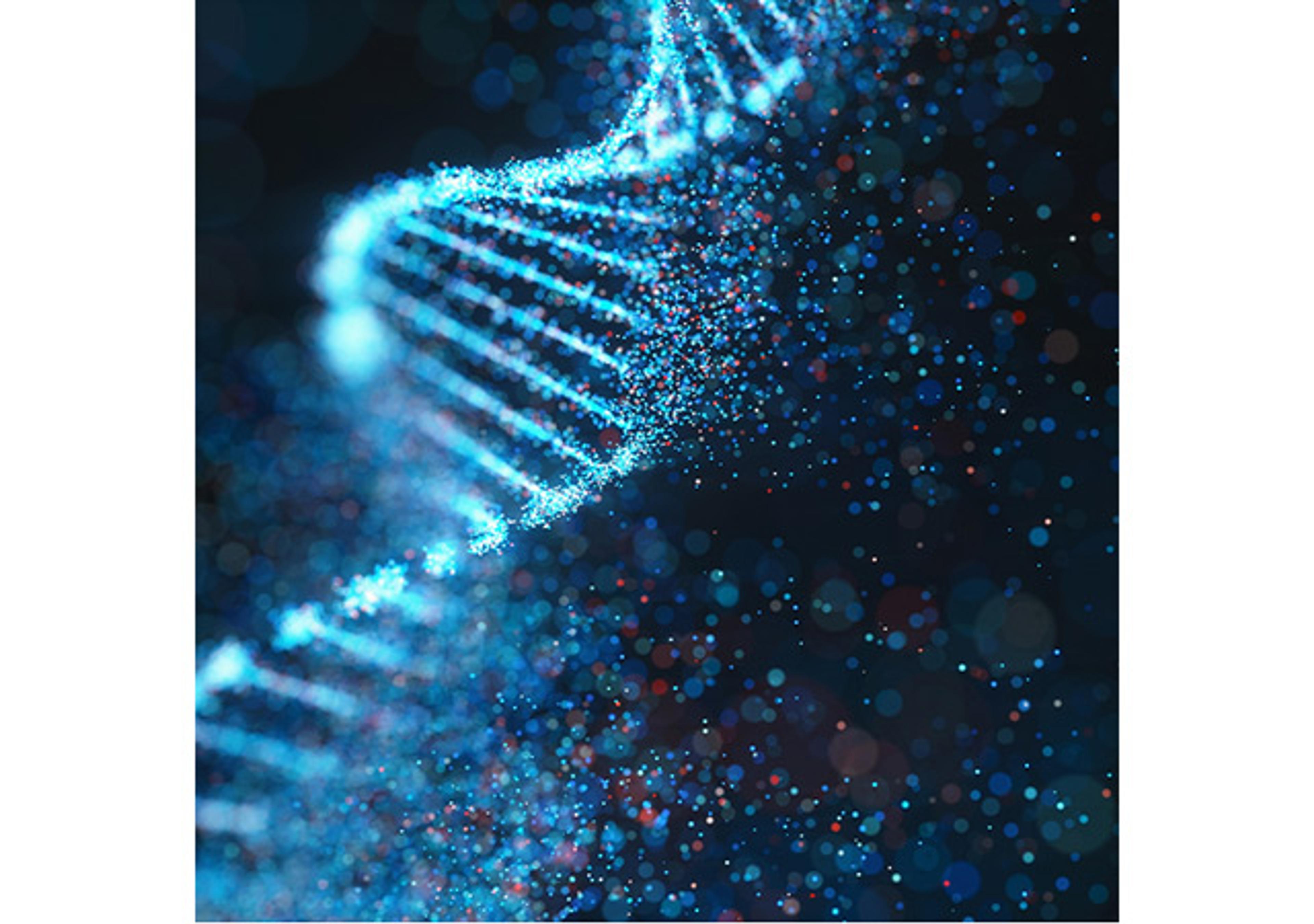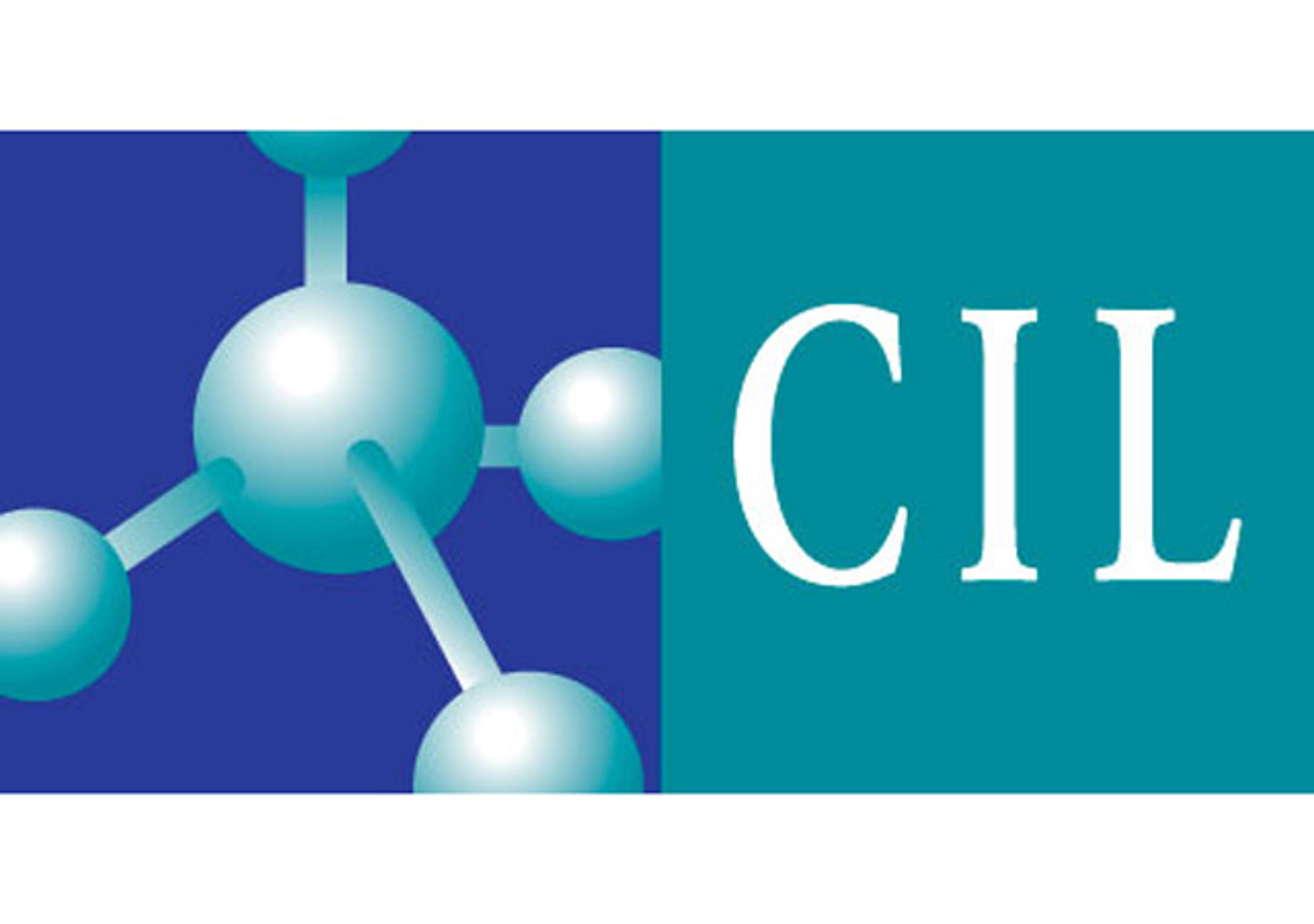SimGlycan Software
SimGlycan™ Software (a product of PREMIER Biosoft International) predicts the structure of a glycan from the MS/MS data acquired by AB SCIEX mass spectrometers. It facilitates the study of glycosylation and post translational modifications. The software works directly with *.t2d and *.wiff data generated from AB SCIEX instruments, including the 4800 Plus MALDI TOF/TOF™ Analyzer, 4000 QTRAP® System, and QSTAR® Elite System. * M…

The supplier does not provide quotations for this product through SelectScience. You can search for similar products in our Product Directory.
SimGlycan™ Software (a product of PREMIER Biosoft International) predicts the structure of a glycan from the MS/MS data acquired by AB SCIEX mass spectrometers. It facilitates the study of glycosylation and post translational modifications. The software works directly with *.t2d and *.wiff data generated from AB SCIEX instruments, including the 4800 Plus MALDI TOF/TOF™ Analyzer, 4000 QTRAP® System, and QSTAR® Elite System.
* Matches glycan MS/MS data with its own database of theoretical fragmentation spectra of over 8,000 glycans by using a proprietary ranking and scoring algorithm.
* Database can be searched using ID, sequence, composition or mass.
* References other biological information for the probable glycan structures such as glycan class, reaction, pathway and enzyme.
* You can perform structural analysis of glycopeptides by specifying the sequence or mass of the attached peptide moiety.
* Imports experimental MS/MS data generated by all AB SCIEX mass spectrometers enabling you to launch it directly from Analyst® QS 2.0 and Analyst 1.5 Software using the companion software feature.
* Enables you to search for glycans with chemical derivatives used for reducing end modifications even if the derivative is not available in the program's database.
Robust Glycan Database, Accurate Glycan Ranking
The SimGlycan™ database is a large relational database populated with theoretical fragments of known glycan structures made up of 62 different monosaccharides. Every glycan in the database is fragmented for each of the possible fifty one reaction conditions using an intensive fragmentation algorithm. This will ensure you that the probable glycan fragments reported are comprehensive and accurate.
The database is the largest commercially available glycan database and is hand-curated to ensure the highest fidelity information, enabling reliable data mining for your future applications of glycobiology. SimGlycan™ database supports 8184 glycans, 5296 biological sources, 3774 glycan compositions, 5620 classes, 204 biochemical reactions, 150 biochemical pathways, 184 enzymes and 8143 database links.
All the possible glycan structures are ranked and scored based on a proprietary search and scoring algorithm. A list of glycans along with their scores is displayed in the Search Results Pane. The highest rated glycan sequence is displayed at the top of the list. This glycan represents the most probable glycan structure followed by the rest in decreasing probability.
Takes Advantage of the Unique Capabilities of AB SCIEX Instruments
Because of its large mass range, high sensitivity, and soft desorption and ionization, MALDI time-of-flight (MALDI-TOF) mass spectrometry is widely used in the molecular weight determination of underivatized oligo- and polysaccharides. Traditionally, post source decay (PSD) has been used for structural analysis, and this can provide information related to sequence and branching, however, a lack of abundant cross-ring cleavages limits the linkage information that can be deduced from such experiments.
The 4800 Plus MALDI TOF/TOF™ Analyzer is the only instrument that combines high energy MS/MS for cross ring fragmentation for carbohydrate analysis (A and X- ions) with good precursor ion selection. This permits acquisition of more information on linkage position and points of branching, allowing the automated search routine in SimGlycan Software to correctly identify and characterize glycans without any secondary experiments.
QTRAP® systems are unique hybrid triple quadrupole linear ion trap instruments where a triple quadrupole scan function (precursor ion scan, MRM) can be coupled with a high sensitivity ion trap MS/MS and MS3 scan to enable sensitive and selective experiments for glycan structure and connectivity. Because of the unique instrument configuration in the QTRAP system, the MS/MS spectra do not show the low mass cut-off experienced by 3D-ion traps. Subsequent MS3 fragmentation spectra can be obtained allowing mechanistic studies to be performed on the diagnostic fragments to confirm a predictive SimGlycan search result.
Comprehensive Result Analysis
SimGlycan™ accepts experimental m/z and intensity values of both released glycans and glycopeptides generated from MS/MS analysis. It allows you to specify the number of antennae, reducing terminal monosaccharide and non-reducing terminal monosaccharides expected for the structure, thereby enhancing the accuracy of the final search result. Set the precursor ion error, precursor ion m/z, spectrum peak m/z error, glycan derivatization, ion mode, adduct, and the advanced search parameters such as:
* Class: The class of the glycan such as Glycoprotein, Glycolipid, Polysaccharide, Oligosaccharide, Glycoside, Neoglycoconjugate etc. Glycoproteins are further divided into: N-Glycan, O-Glycan, Glycosaminoglycan, GPI anchor and others.
* Biological Source: The biological source from which the glycan sample was isolated.
* Pathway: The biochemical pathway in which the glycan participates as a precursor or a metabolite.
For every probable glycan structure, SimGlycan™ Software provides glycan fragments, structure, sequence, composition, glycan mass, class, reaction, pathway, enzyme and other database links (CarbBank).













